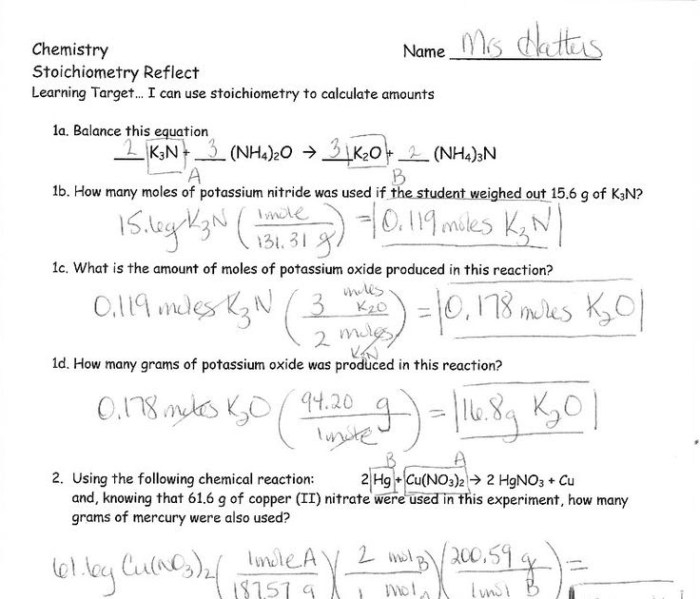Welcome to the empirical/molecular formula practice worksheet answer key, your definitive guide to understanding and applying these fundamental chemistry concepts. This comprehensive resource provides a clear overview of empirical and molecular formulas, equipping you with the knowledge and skills to excel in your chemistry studies.
Delving into the realm of chemistry, we explore the intricacies of empirical formulas, revealing their composition and limitations. We then venture into the molecular formula domain, uncovering its unique characteristics and the critical distinctions between empirical and molecular formulas. Throughout this journey, we unravel the practical applications of these formulas, showcasing their significance in various scientific disciplines.
Empirical and Molecular Formulas: Empirical/molecular Formula Practice Worksheet Answer Key

Chemical formulas are essential tools in chemistry, providing a concise way to represent the composition of compounds. Two important types of formulas are empirical formulas and molecular formulas.
Empirical Formula
An empirical formula represents the simplest whole-number ratio of elements in a compound. It does not indicate the actual number of atoms of each element in the molecule. For example, the empirical formula for glucose is CH2O, indicating that the compound is composed of carbon, hydrogen, and oxygen in a 1:2:1 ratio.
Limitations of empirical formulas include:
- They do not provide information about the actual number of atoms in a molecule.
- They cannot distinguish between isomers, which are compounds with the same empirical formula but different structural formulas.
Molecular Formula, Empirical/molecular formula practice worksheet answer key
A molecular formula represents the actual number of atoms of each element in a molecule. It is typically a multiple of the empirical formula. For example, the molecular formula for glucose is C6H12O6, indicating that a molecule of glucose contains six carbon atoms, twelve hydrogen atoms, and six oxygen atoms.
The difference between empirical and molecular formulas is that empirical formulas show the simplest whole-number ratio of elements, while molecular formulas show the actual number of atoms in a molecule.
Practice Worksheet
Exercises:
- Determine the empirical formula of a compound that contains 40.0% carbon, 6.7% hydrogen, and 53.3% oxygen by mass.
- The empirical formula of a compound is CH2O. Determine its molecular formula if the molar mass of the compound is 90 g/mol.
Answer Key:
1. Empirical formula
CH2O
2. Molecular formula
C6H12O6
FAQ Overview
What is the difference between an empirical formula and a molecular formula?
An empirical formula represents the simplest whole number ratio of atoms in a compound, while a molecular formula indicates the exact number of atoms of each element present in a molecule.
How can I determine the empirical formula of a compound?
To determine the empirical formula, you need to know the mass percentages of each element in the compound and then convert these percentages to mole ratios.
What are the limitations of empirical formulas?
Empirical formulas do not provide information about the arrangement of atoms within a molecule and cannot distinguish between isomers.
